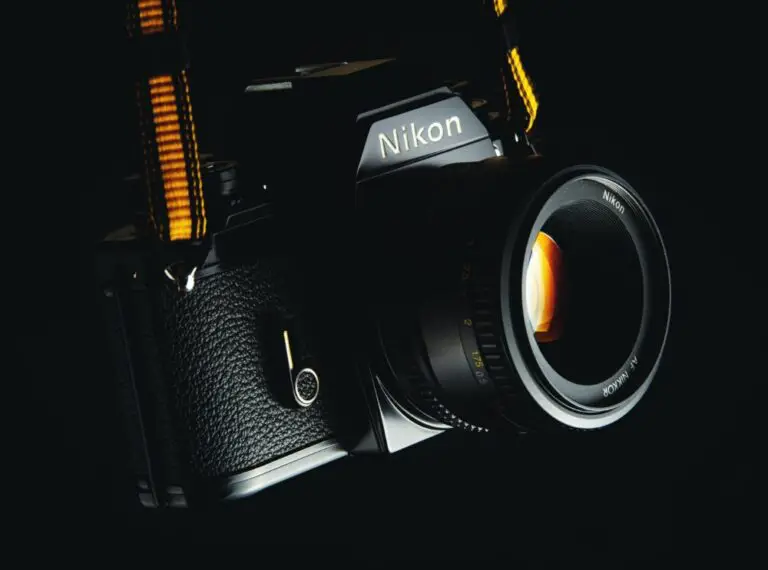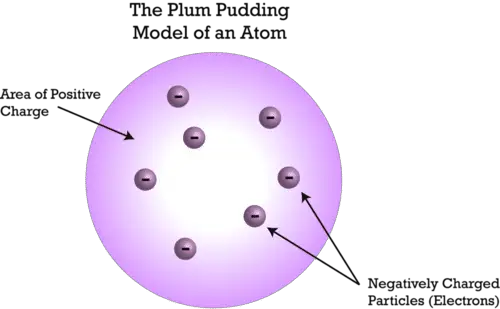Different Types Of Welding Joints?
The process by which individual pieces of metal are joined or aligned with one another is what is meant to be referred to by the phrase “weld joint design.”
The quality of the finished weld, as well as the cost of producing it, are both impacted by the design of each junction. It takes a lot of careful consideration and experience to choose the type of joint that will work best for a certain welding project.
According to the American Welding Society (AWS), five fundamental types of welding joints are regularly utilized in the industry:
1. Butt joint welding
A butt joint, also known as a butt weld, is a junction that is formed when two pieces of metal are brought together in the same plane and then welded together along the side of each piece of metal.
In the fabrication of structures and pipe systems, the form of junction that is utilized the vast majority of the time is known as a butt weld.
The process of putting it together is not very difficult, and there are a lot of various twists and turns that may be taken to get the desired outcome.
Butt welds may be created in several various ways, and each of these methods serves a distinct function.
The breadth of the gap, the layering, and the groove form are all variables that come into play. The following are some instances of butt weld joints that are typical in nature.
Grooves with a square, a single bevel, and a double bevel; single J and double J; single V and double V; single U and double U grooves
The term “faying surface” refers to the portion of the surface of the metal that becomes molten as a result of the welding process.
Edge preparation refers to the process of shaping the surface of the faying material before welding in order to enhance the strength of the weld.
The edge preparation on both members of the butt joint could be the same, or they might have distinct contours depending on which way you look at it.
Among other things, the following are some of the reasons why the faying surfaces need to be prepared for welding:
Codes and standards, Metals, Deeper weld penetration, the appearance of smoothness, strengthening of the body
It is possible, under some circumstances, to precisely specify the size, form, and angle of a groove. In the event that exact measurements are not provided, the groove might be fashioned to the specifications required.
It is essential to keep in mind, however, that the greater the width of the groove, the greater the amount of welding that will be required to finish it.
What Are The Pros And Cons Of Butt Joint Welding?
A butt junction is a procedure in which two parts are linked by merely fitting their ends together without any additional shape. The word “butt joint” stems from the manner the material is bonded together.
Some of the advantages of butt joint welding include:
Butt welds offer a number of benefits, including the following:
- Butt joint welding offers an extreme tensile strength combined with total fusion. This fusion is highly resistant to milder forms of stress owing to the application of a more aggressive heat. What’s more, geometric distortion is minimal when using butt welds for structural purposes.
- Butt joint welding is easy machine setup and is usually piecemeal, which results in a rapid rate of deposition.
- Butt joint welding offers a chance of distortion control. Because of their relative lack of strong integrity, the welds rely on the entire structure the weld is being applied to withstand the forces applied.
- Butt joint welding is simple to inspect, suggesting that it’s a very good option for spot welding applications.
What Are The Disadvantages Of Butt Welding Joint?
Disadvantages of butt joint welding may include;
Although butt joint welding is considered to be successful in most ways it also has some weaknesses they may include;
- Butt joint welding applications can be constrained by welding geometry, as it’s generally impossible to get an optimal fit on complex shapes.
- Butt joint welding may require that you’ll need some kind of fixture or support to enhance the alignment of the joint.
- Butt joint welding is liable to change depending on the surface conditions
- Butt joint welds are not as sturdy as some of the other types of joints available.
- Butt joint welding might be challenging to get them aligned correctly.
- After assembly, the joint might not be fully covered from view.
Because of the shrinkage that takes place while the filler metal cools down, both fillet and butt welds are susceptible to distortion.
This may be prevented by preheating the material or by making multiple passes on opposing sides of the joint. Both of these methods are equally effective.
2. Tee joint welding.
Tee welding connections are created when two parts cross at a right angle, creating what is known as a “Tee.” As a consequence of this, the edges of the plate or component will form a “T” shape when they are brought together in the middle.
Fillet welds are the general name given to the sort of junction that is created when a tube or pipe is welded onto a base plate. Tee joints are also capable of being created in this manner.
When doing this kind of weld, one must always make certain that there is adequate penetration into the ceiling of the weld.
A tee junction can be fabricated using one of several different welding techniques, including the following:
Plug weld, Slot weld, Bevel-groove weld, Fillet weld, J-groove weld, Melt-through weld, Flare-bevel-groove weld
Tee joints are not often formed with grooves, unless the base metal is thick and the welding on both sides cannot handle the load that the junction has to hold. In this case, however, grooves may be made. Lamellar tearing is a flaw that frequently manifests itself in tee joints.
This issue arises as a result of the limitation that the joint is subjected to. Welders will frequently insert a stopper to prevent joint distortions as a means of avoiding this hazard.
3. Corner joint welding.
The term “corner joint welding” describes the process of joining two materials together in the “corner” of an L-shaped structure.
Corner joint welding can also be described as a type of welding typically used to join two pieces of metal at right angles. Constructing sheet metal pieces such as frames, boxes, and other applications that are comparable may be done with the use of corner joints.
Corner joint welding is a versatile method of joining two pieces of metal and can be used for a variety of applications.
Butt welding is the most common type of corner joint welding and is often used for structural applications such as joining two beams together.
T-joint welding is often used for joining two pieces of metal that are not flush against each other, such as when attaching a piece of metal to a wall.
Lap joint welding is often used in conjunction with butt welding, as it provides added strength to the structure and can increase the flexibility of the material being welded.
There are several similarity between corner joints and tee welding joints. The placement of the metal, on the other hand, is what makes the distinction between the two.
It is located in the center of the tee joint, whereas the corner joints form an ‘L’ shape by meeting in the ‘corner’ in either an open or closed way, depending on the kind of joint.
In the sheet metal industry, such as in the production of frames, boxes, and other applications, these sorts of joints are among some of the most prevalent types of joints that are used.
V-groove, J-groove, U-groove, spot, edge, fillet, corner-flange, bevel-groove, flare-V-groove, square-groove or butt are some of the types that may be utilized to create corner joints. Other options include square groove.
4. Lap joint welding.
Lap joint welding is a welding process in which two pieces of metal are joined together by overlapping them and welding along the seam. This type of welding is mostly used with metals with different thicknesses.
Butt joints are the basis for lap welding joints, which are simply an updated form of the traditional butt joint. They come forth as a result of a process in which two pieces of metal are layered one at the top the other in an overlapping pattern.
The most typical application for them is in the process of joining together two pieces of material with varying thicknesses. Joining can be done on either side of the object being welded.
The usage of lap joints on heavier materials is rather uncommon; nonetheless, they are frequently utilized for sheet metal.
Lamellar tearing and corrosion owing to overlapping materials are two potential downsides of this type of welding junction. However, as is the case with everything else, this may be avoided by employing the appropriate methodology and adjusting variables as required.
5. Edge joint welding.
Edge joint welding is where the metals the metal surfaces are placed together in a manner that the edges are equal .Either of the plates can be placed at an angle or both plates can be placed in a particular angle.
When two metal surfaces are joined together using an edge joint, the surfaces are brought together so that the edges are even. By bending the plates at an angle, it is possible to form either one of them or both of them.
A weld joint’s job is to join two parts together in such a way that the stresses are spread out across the whole structure. Tensile, compressive, bending, twisting, and shearing forces are the ones responsible for the stresses that are caused by welded joints.
The capacity of a welded joint to endure these stresses is determined not only by the design of the joint but also by the integrity of the weld. Certain joints have a greater capacity than others to withstand particular kinds of forces.
The choice of joint design is significantly impacted by the type of welding process that will be implemented.
Each type of welding has its own set of characteristics, which influence how well it works. The welds that are employed on certain joint designs are also affected by factors such as the pace of travel, penetration, rate of deposition, and heat input.
The following types of joint configurations are appropriate for edge work:
U-groove, V-groove, J-groove, Corner-flange, Bevel-groove, Square-groove, Edge-flange
This type of joint is more susceptible to corrosion than others because the parts that make it up overlap one another.
Welders have a responsibility to be aware of additional flaws, such as slag inclusion, lack of fusion, and porosity, which may potentially manifest themselves.

